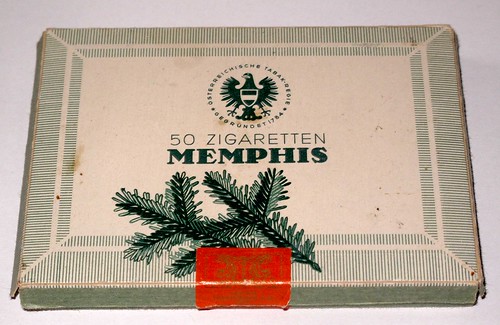Albert Speer is one of the althistory's brightest stars. No wonder we meet him in the Strangers' Journey - only as a background character though.
Here's an extract from an article published in the New York Times Literary Supplement, June 1972:
An unemployed architect who turned out as chief decorator of Hitler's short-lived dictatorship; who reached ministerial status under the military rule; who was appointed a Vice-Chancellor of the interim government and finally appeared at the steering wheel of the new Reich - isn't it a success story so popular among us Americans? But Speer's career is too far from this popular genre. No business or politics of his own. Just service to the State. And quiet (no flashes, no scoops, not a single scandal) transformation of the State he serves so well.
Безработный архитектор, ставший главным декоратором недолговечной диктатуры Гитлера, поднявшийся до министерского поста в годы военного правления, назначенный вице-канцлером в переходном правительстве и получивший в руки государственный штурвал нового рейха – чем не история успеха, любимый жанр американцев? Но нет ничего более далекого от этого жанра, чем карьера Шпеера. Вместо собственного бизнеса или собственной политической платформы – служение государству. И постепенное, без вспышек и сенсаций, преобразование системы, которой он служит.












































 Tesla 308u Talisman tube radio
Tesla 308u Talisman tube radio



